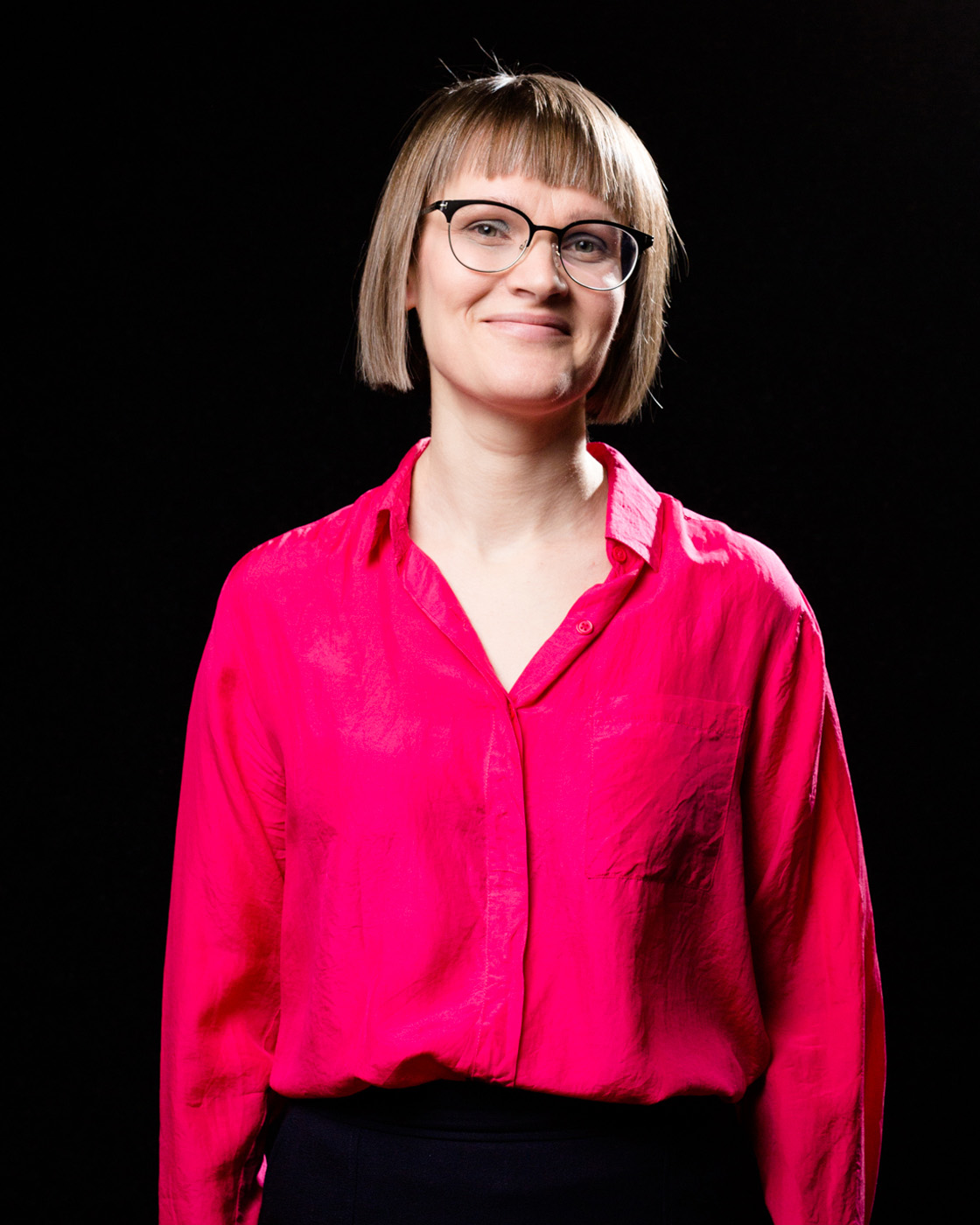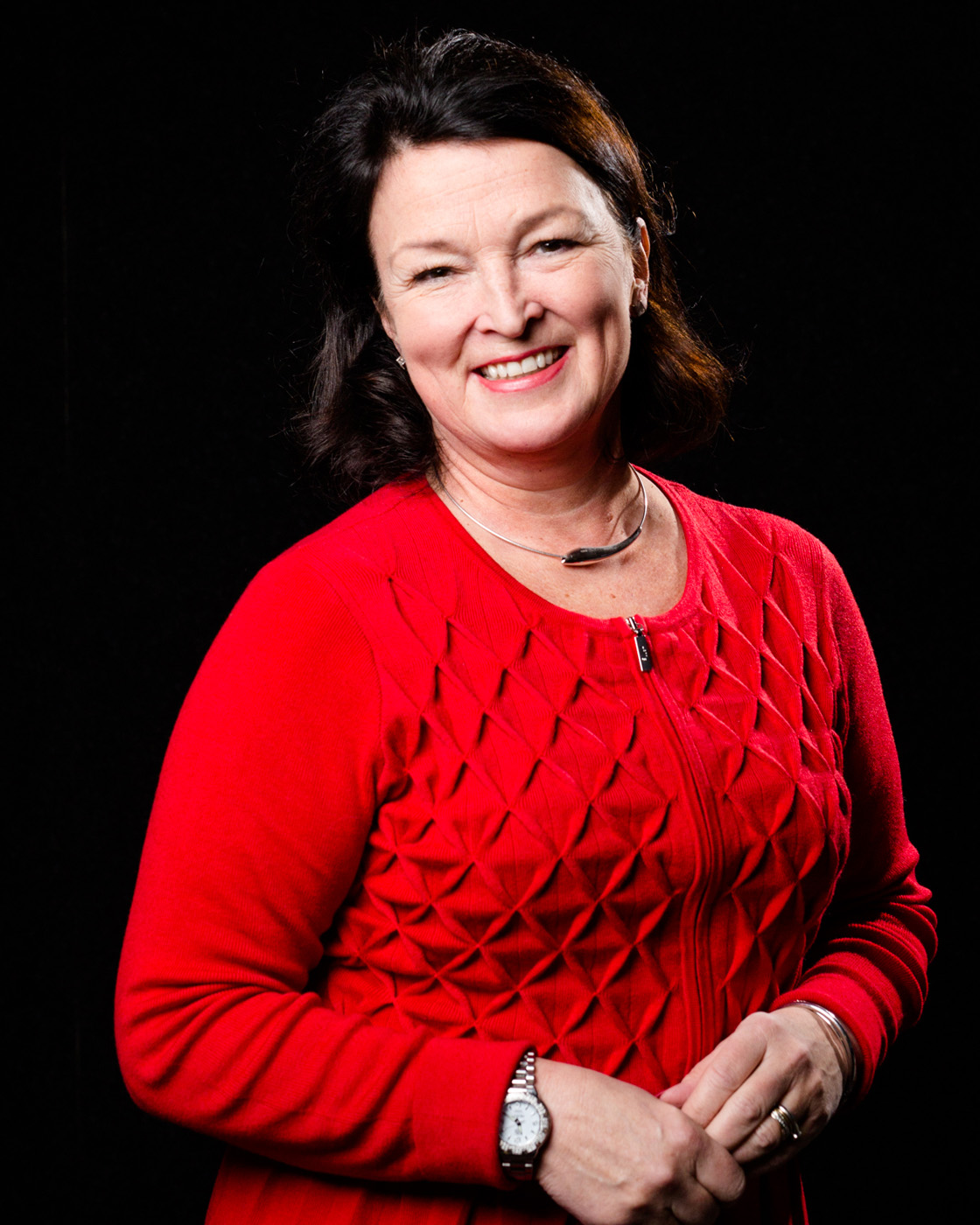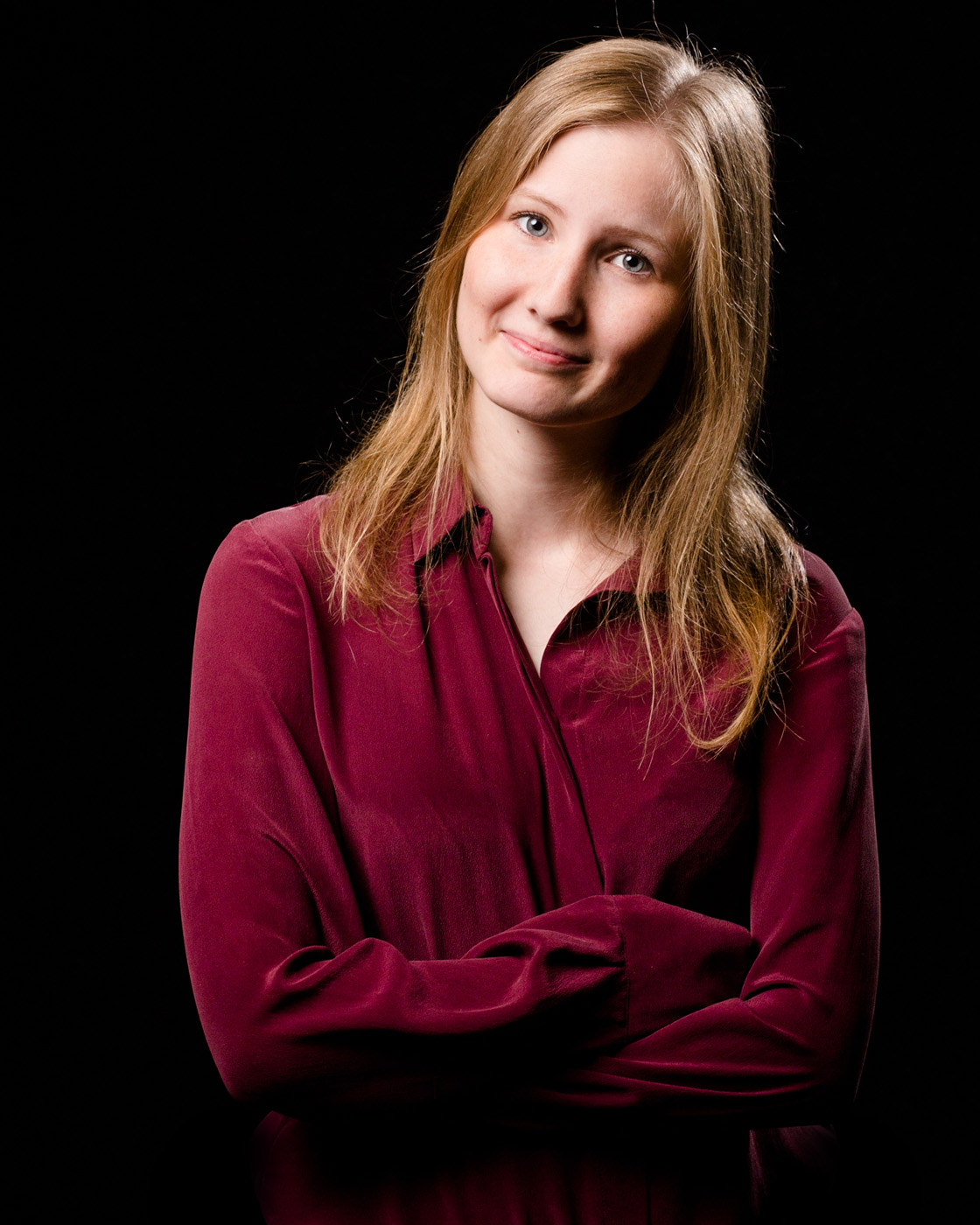Fields into carbon sinks: Carbon Action pilot
Ended project: September 2017 – August 2019
Can soil help to mitigate climate change? One hundred farms studied and tested methods for accelerating soil carbon sequestration.
In preventing climate change, the reduction of greenhouse gas emissions alone is not enough. The extra carbon dioxide in the atmosphere must also be stored back in soil. Fields offer many kinds of opportunities for carbon capture, and we should harness them as carbon sinks for this purpose.
Farming that promotes carbon capture is also in line with the circular economy. It respects nature and supports, for example, natural diversity, since it reduces nutrient emissions to the Baltic Sea and improves the soil’s growth conditions and tolerance to extreme weather patterns.
The objective of the project was to launch an extensive research and pilot programme to last several years. The programme seeks solutions to how carbon storage in soil could be implemented in practice in agriculture and how to measure permanent storage of carbon from the atmosphere into soil in a reliable and generalisable way. The goal is to find methods that could be applied widely to different farms.
What was achieved?
Sitra funding was used for bringing the partners together and launching the programme. The project brought together multidisciplinary research related to the subject and created a network of Finnish researchers. Research scientists in the network and the consortia created on the basis of the project have already launched their own research projects and sought additional funding for them from other sources.
The project began co-operation with 100 farms to test various methods that improve carbon sequestration in practice. The farmers involved committed themselves to participating in the research project and training for five years. Several training events were held with the farmers, and they were divided into small groups, each with its own advisers.
Key Finnish food supplier chains, such as Valio, Fazer, Apetit, Altia and S Group, also joined the project. Between them, the companies involved established a network for sharing information and developing practices by which the companies, in their role as gatekeepers, can help scale up carbon farming in Finland.
Furthermore, the project sought to make carbon sequestration into soil a commonly known phenomenon as a solution to climate change.
Who was involved?
Sitra launched the project, brought the partners together and funded the project until August 2019. At Sitra, the project manager was Hanna Mattila. The Baltic Sea Action Group (BSAG) was responsible for co-ordinating the project and the Finnish Meteorological Institute led the scientific research. Other parties involved in the project were the Natural Resources Institute Finland, the University of Helsinki, the Finnish Environment Institute and Tampere University of Technology.
What next?
The Carbon Action project has succeeded in addressing the problem areas of food production, such as emissions to water and greenhouse gas emissions, in a problem-oriented and co-operative manner, thus enabling the emergence of an even more extensive movement in the food supplier chain towards a sustainable or even soil-improving circular economy. The project succeeded in building bold and unprejudiced co-operation, which creates trust in other similar projects.
Carbon Action will continue to develop its network-based operations. Nine new projects have emerged, and the consortium has collected 10 million euros for research and the promotion of carbon capture into soil.



What was it about?